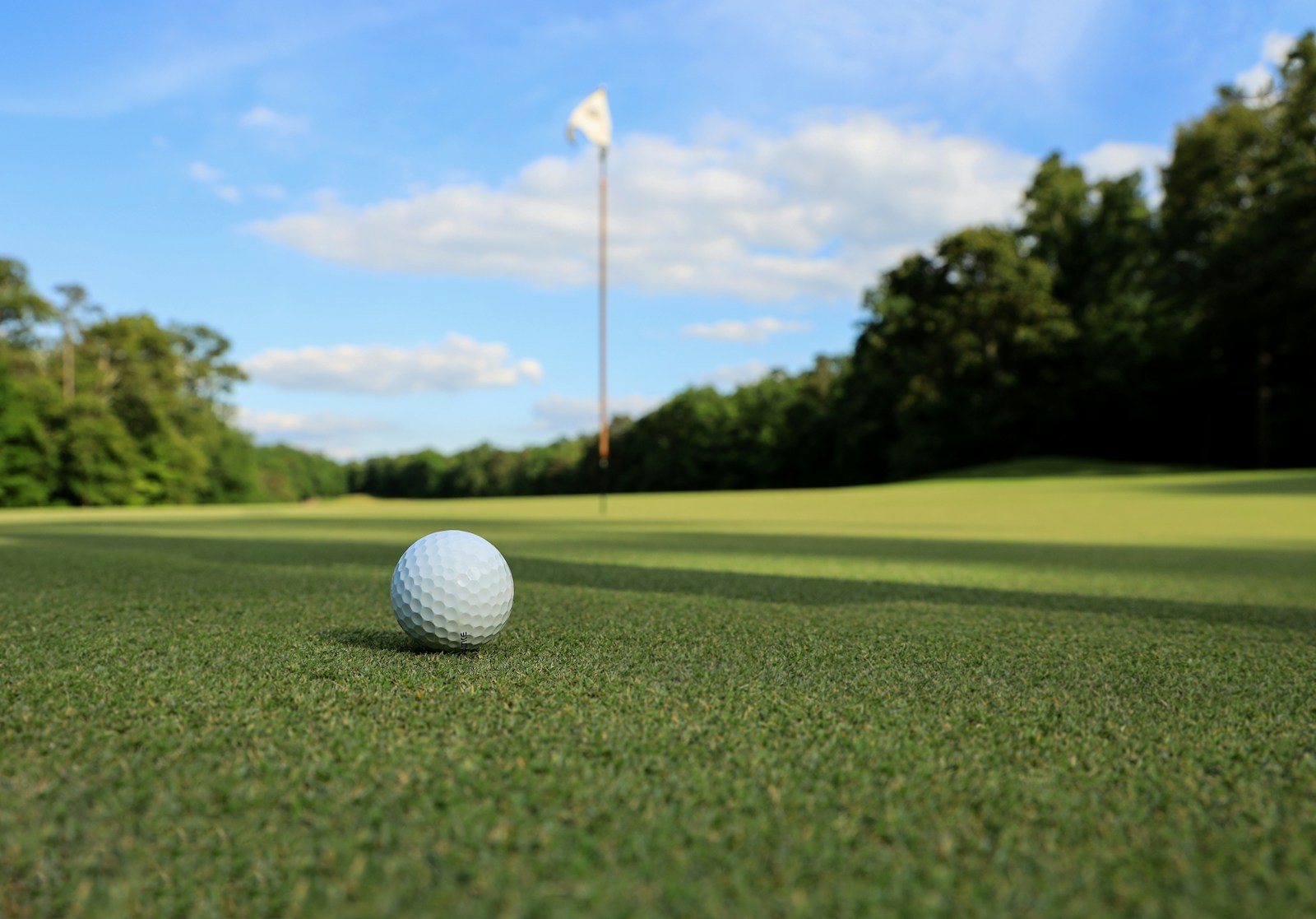Golf is a game of inches—but off the tee, it’s a game of yards. If you’re a female golfer looking to add power to your drives without overhauling your swing, you’re in the right place. A lot of women miss out on distance not because they can’t hit the ball far—but because they’re using the wrong ball.
In this guide, we’ll walk through the best women’s golf balls for long drives, what makes them so effective, and how to pick the right one to add serious yards to your game.
Why Choosing the Right Golf Ball Matters
Distance Is in the Details
You don’t need a new swing or strength training to hit it farther. Sometimes, all it takes is a smarter ball choice. The right golf ball helps you maximize energy transfer, minimize spin, and get more carry—especially if your swing speed is moderate.
How Ball Tech Affects Long Game Performance
From multi-layer cores to cutting-edge aerodynamic patterns, today’s golf balls are engineered to make your life easier. Want a higher launch? Done. Need less spin off the tee? You got it.
Compression, Core, and Cover—What They Do
Low compression means the ball compresses more easily at impact, which is great for slower swing speeds. A high-energy core creates faster ball speed, and the right cover helps manage spin. Together, these features are your recipe for long bombs.
If you’re unsure how to evaluate compression, spin, or core design, check out MyGolfSpy’s Golf Ball Buying Guide for a clear breakdown of how to pick a ball that adds real yardage.
Key Features That Make a Golf Ball Go Far
Low Compression for Slower Swing Speeds
If your swing speed is below 90 mph, low-compression balls help you generate more distance with less effort.
High-Energy Core for Maximum Ball Speed
Think of the core like a spring. The more reactive it is, the more energy it transfers at impact—helping the ball explode off the face.
Aerodynamics & Dimple Patterns That Reduce Drag
The shape and layout of dimples on a golf ball affect how it flies. The right design reduces air resistance and helps the ball stay airborne longer.
Low Driver Spin for Straighter, Longer Shots
Too much spin can send your ball off track or rob you of distance. Balls made for long drives reduce spin, especially off the tee.
Curious about what actually makes one ball fly farther than another? Golf’s guide to golf ball technology explains the science behind core design, compression, and cover materials.
Do Women Need Different Golf Balls?
The Truth About “Ladies” Balls
Not always. “Women’s” golf balls are often just low-compression balls with softer covers and pastel packaging. The real key is swing speed—not gender.
Why Swing Speed Matters More Than Gender
If you swing around 70–85 mph, a ball with a compression rating of 35–60 is going to give you the best results—whether it’s branded for women or not.
Matching Ball Performance to Your Game
Play the ball that suits your swing and feel preferences. That might be a “women’s” ball—or it might be a soft-core, distance ball from a men’s lineup.
The 10 Best Women’s Golf Balls for Long Drives
1. Callaway REVA
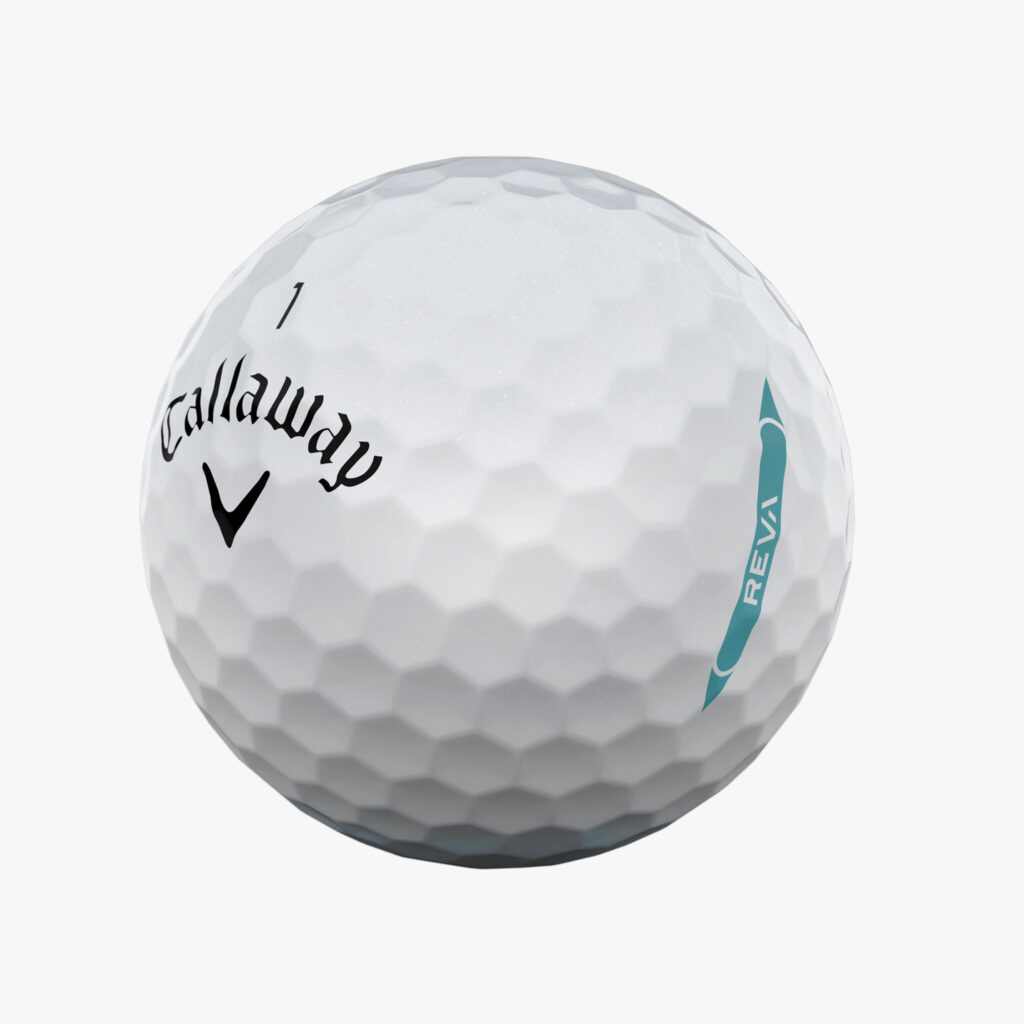
Made for Women, Built for Distance
This one was engineered specifically for women looking to hit it farther. It’s larger than a standard ball, which boosts confidence and forgiveness.
Easy Launch and Oversized Sweet Spot
Great for those who struggle with carry or want straighter shots off the tee.
2. Bridgestone e12 Contact
Contact Force Technology = More Yardage
These balls increase contact surface area at impact, meaning more energy gets transferred into the shot.
A Game-Changer for Moderate Swing Speeds
Perfect if you want long, straight drives without needing to muscle the ball.

3. Titleist Velocity
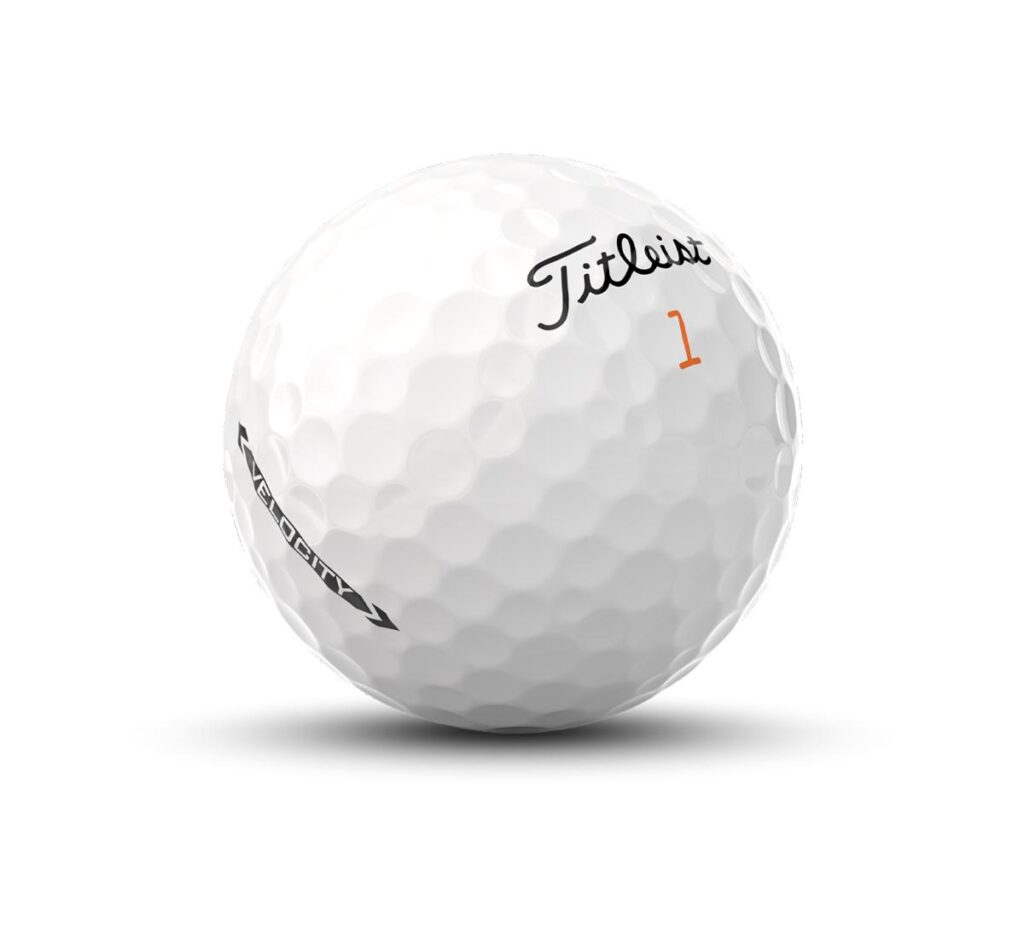
Launch It High, Let It Fly
This ball is a cannon. It’s firm, yes—but that firmness results in high-speed, high-launch missiles.
Best for Straight-Line Power Shots
Great for windy days and wide fairways where roll-out adds serious yardage.
4. Srixon Soft Feel Lady
Lightweight Build with Long Carry
Soft on feel but sneaky long, this ball is a favorite for women who swing in the 70–85 mph range.
Ideal for Women Under 85 MPH Swing Speed
High launch, forgiving flight, and a clean strike feel.
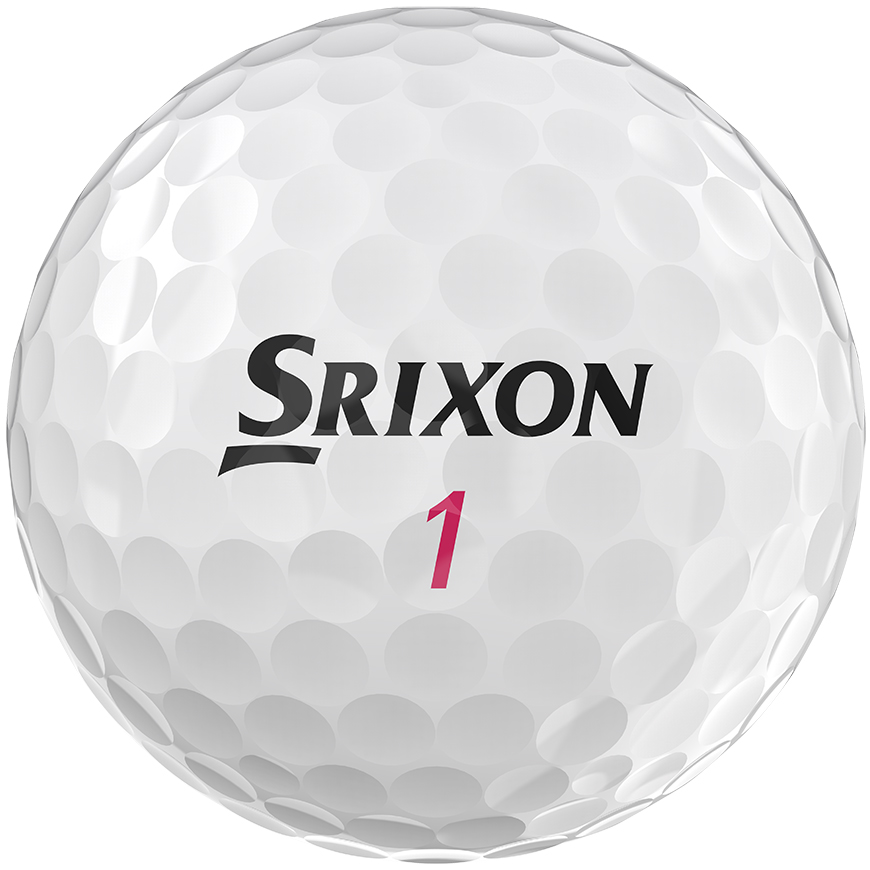
5. TaylorMade Distance+
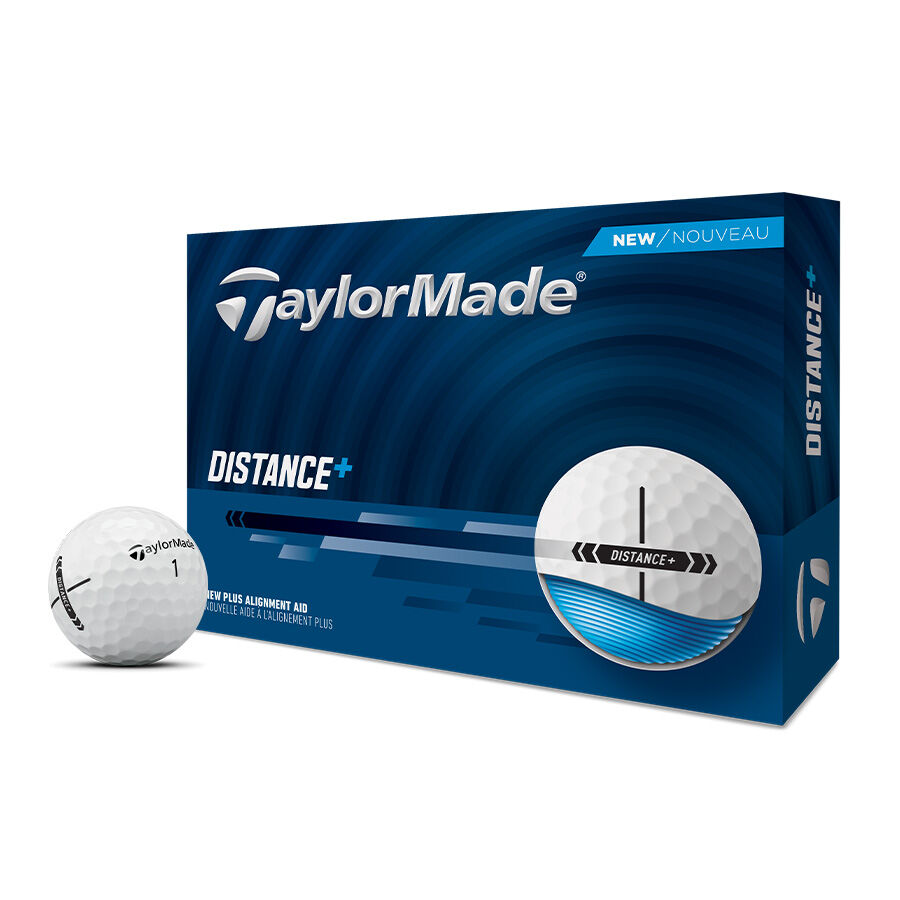
Straight Ball Flight and Explosive Core
Affordable, long, and made to fly. This ball works great for players who want value without losing performance.
Budget-Friendly but Tour-Quality Distance
Easy to launch with minimal side spin.
6. Volvik Vivid Lite
Bright, Bold, and Built for Carry
These balls are light, highly visible, and built with a soft core that compresses well at slower speeds.
Low Compression with High Trajectory
Fun colors, easy tracking, and impressive distance.
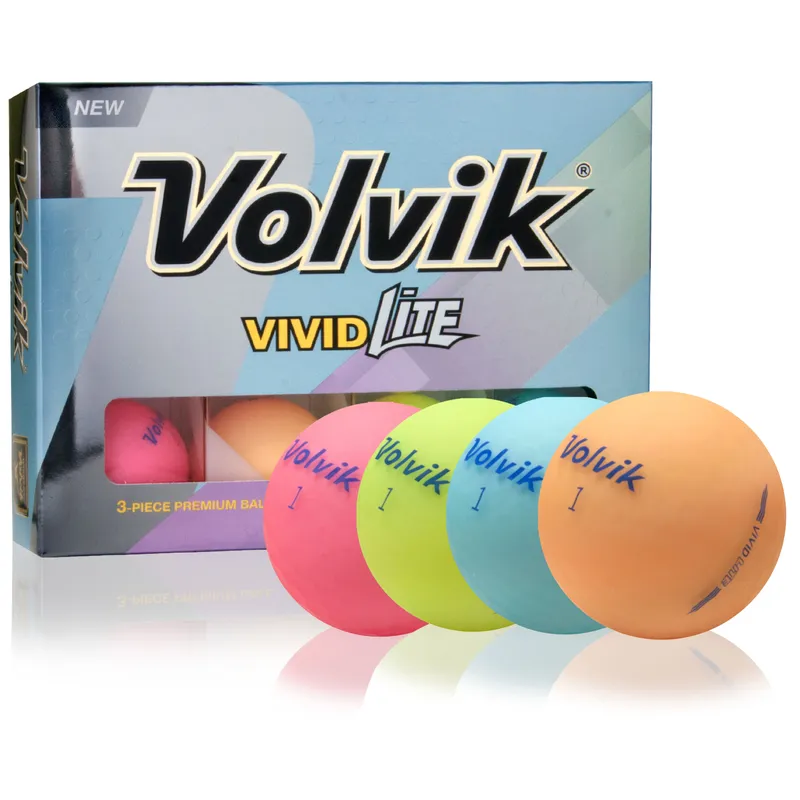
7. Wilson Duo Soft+

The Softest Ball That Still Goes the Distance
Wilson’s softest ball is one of the best-kept secrets in the long-drive world.
Feels Like Butter, Flies Like a Rocket
Low spin off the tee, high forgiveness on the fairway.
8. Titleist Tour Soft
High Speed Core with Trusted Feel
For players who like the soft feel of premium balls but still want serious yardage.
A Balanced Performer for Long Drives and Feel Shots
A step up from Velocity with more finesse around the greens.
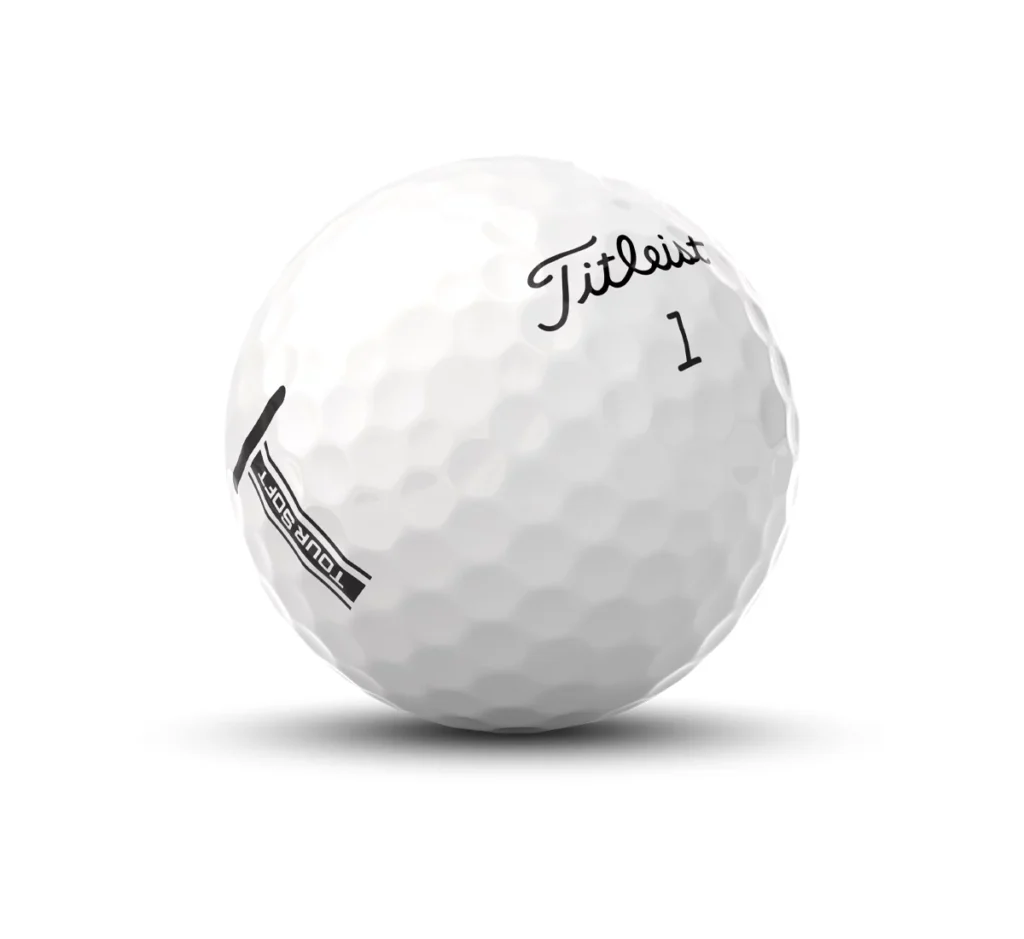
9. Vice Drive
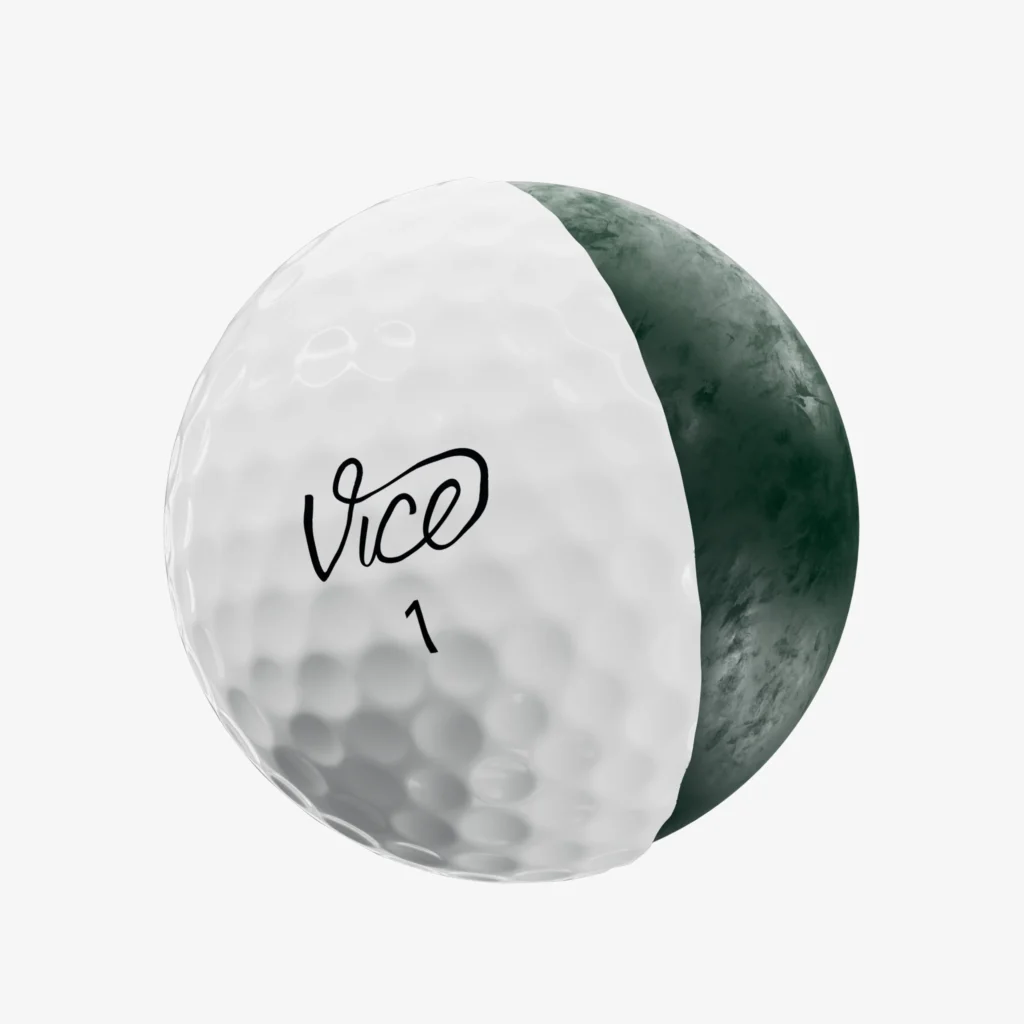
Perfect for High-Handicap Women Looking for Distance
Vice makes affordable, high-performance balls that look and feel premium.
Consistent Flight and Easy Launch
Great for beginners and intermediate players alike.
10. Pinnacle Rush
Affordable Power for Beginners
No frills—just long, straight shots.
Simple, Straight, and Seriously Long
Perfect for high-handicap women and casual rounds.
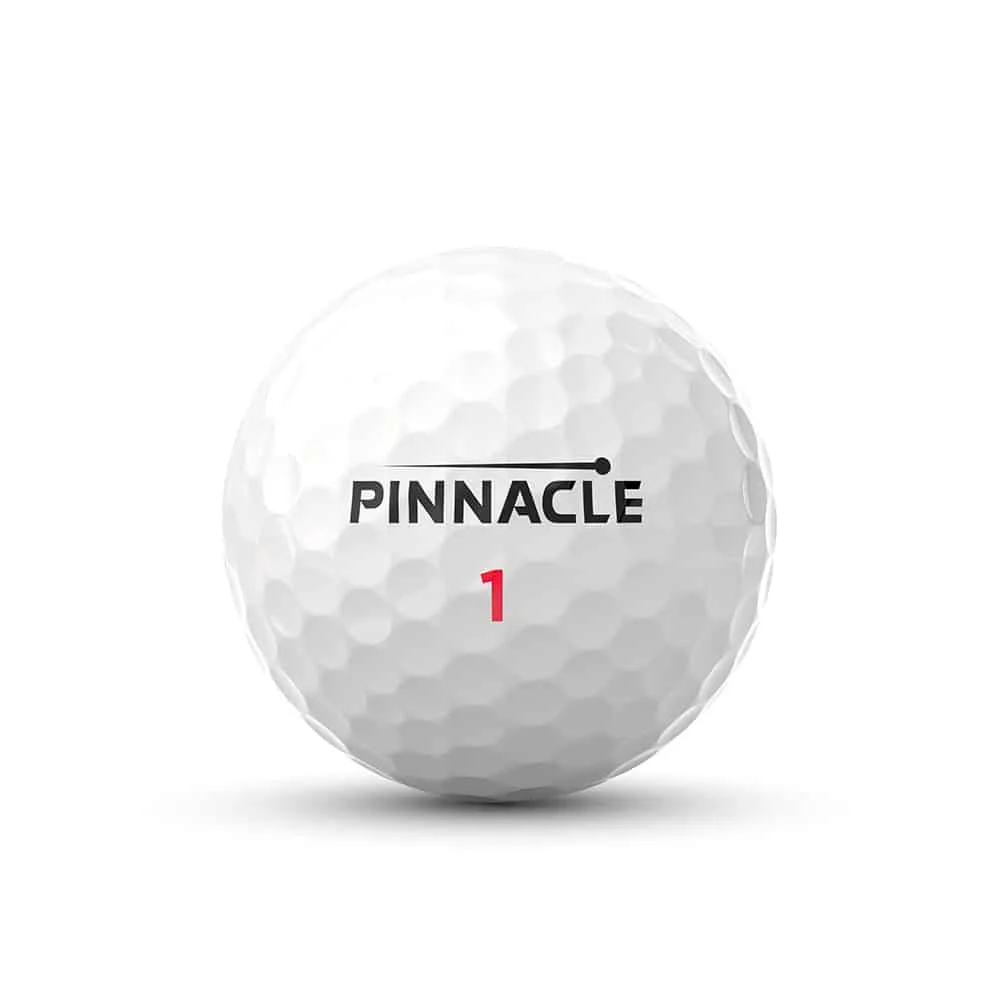
How to Choose the Right Ball for You
Know Your Swing Speed
Most women should test for driver speed. Under 85 mph? Go low compression. Over 90? Try something firmer.
Match Ball Feel to Your Preferences
Do you like a soft touch on chips and putts? Or is distance the priority? Let that guide your choice.
Consider the Course You Play Most Often
Firm fairways reward rollout. Wet, soft courses need higher carry. Choose a ball that fits your home course.
Test a Few Balls—Then Stick with What Works
Try out 2–3 different balls, compare distance and feel, and then commit. Consistency matters.
Distance Tips to Pair With the Right Golf Ball
Use a Driver That Matches Your Ball
A high-launch ball paired with a low-launch driver won’t give you max height. Fit matters.
Focus on Solid Contact, Not Swinging Hard
Speed means nothing without center contact. Find your rhythm—then watch the ball soar.
Optimize Tee Height for Higher Launch
Half a ball above the clubface = more upward strike = more distance.
When to Switch Balls and Try Something New
You’re Not Seeing the Carry You Want
If your drives look like line drives, it might be time for a higher-launch ball.
You’ve Improved or Changed Swing Mechanics
As your swing evolves, your equipment should too. A better ball might unlock your potential.
You’re Seeking a More Forgiving Flight Path
Some balls reduce side spin—great if you fight slices or hooks.
Conclusion
You don’t need a faster swing. You need a smarter golf ball. Whether you’re a beginner looking for an edge or a weekend warrior trying to outdrive your foursome, the best golf balls for women focused on long drives are engineered to help you launch higher, carry farther, and land more confidently.
So, go ahead—tee it high, pick the right ball, and swing free. You’re about to hit it longer than ever.
FAQs
1. What compression should women look for in a golf ball for distance?
Ideally, 30–60 compression works best for swing speeds under 90 mph. These balls compress more easily for added carry.
2. Is there a major difference between men’s and women’s distance balls?
Mostly branding. The tech is the same—what matters is swing speed and feel preference, not gender.
3. Will a softer ball hurt or help my distance off the tee?
If you swing under 85–90 mph, a softer ball will actually help by increasing compression and launch.
4. Should beginners focus on long drive balls or all-around performance?
Start with distance. It builds confidence. Once you’re comfortable, you can shift toward more balanced options.
5. How often should I replace my distance golf balls?
Every 3–4 rounds if they’re still in good shape. Replace sooner if scuffed, cracked, or water-damaged.


